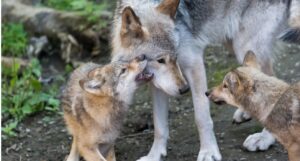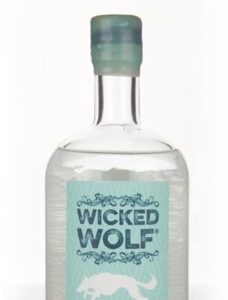In former times and perhaps still now, humans have tended to anthropomorphise animals and describe them effectively in our own likeness, even wearing clothes and speaking languages. One only has to think of the animals in Kenneth Grahame’s (1908) Wind in the Willows or Beatrix Potter’s many early 20th C. illustrated books to know that this is true. More recent authors like Richard Adams (1972) describe animals in largely human terms in his famous book Watership Down. But is this a good way to proceed, one might ask? Should we be providing our children and grandchildren and indeed younger people generally with such a false view of the natural world? Now you may say at this point that children especially love these stories and more recent stories where animals (and sometimes plants) are anthropomorphised and so long as such tall tales are giving them pleasure, so what! I must confess that I loved the stores by Beatrix Potter when I was a young child, especllay The Tale of Jemima Puddle-Duck (1908). The drawings of animals and plants therein are fantastic, and from that point of view, and being formerly a scientist herself (a mycologist) she remained true to her training in science and as a scientific artist.
What is more worrying though, at least to me, is the new habit of ascribing false motives and behaviours to living animals and plants, which are definitely untrue and thereby distorting the real nature of nature. A recent example is an article published in BBC Gardener’s World online about the spread of Himalayan Balsam in the UK with the provocative title ‘Protect your eyes! How this evil weed with EXPLODING seed heads in ripping across the UK’. Note the emotive wording. Are such plants evil and will their exploding seed heads really damage your eyes? Can any plants be evil as such? …may be with the exception of Triffids, à la John Wyndham’s 1951 science fiction novel, The Day of the Triffids. Another example, local to where Nicola and I live in North Devon, is the distilled gin named ‘Wicked Wolf’. Is a wolf ever wicked? Surely it is just following its instinct to obtain food, both for itself and family and fellow pack members, usually closely related. It may be rapacious and aggressive, but the prey usually has a chance to escape by fleeing and the pursuit doesn’t always culminate in a kill. If you believe, as I do, that all living creatures have arisen by a process of selection, adaptation and evolution, effectively ecological specialisation, to fill a novel or previously occupied niche, then they are not evil or wicked, just following what their genes instruct them to do, à la Richard Dawkin’s famous books, The Selfish Gene (1976) and The Blind Watchmaker (1986). Plants, whilst having behaviour, have no motives as such, certainly not of a deterministic manner, only to survive and reproduce (e.g. Attenborough, 1995). Ditto animals. They do not plan to make other plants and animals suffer unduly for pleasure or other ulterior motives. Even when cats and killer whales play with their prey, as they sometimes do, this is mostly for training purposes, i.e. to enhance their skill in capturing their prey.
If that be so, we should not impose behaviours on the organism in question that it does not have. Alas, though, as we realise only too well watching the recent TV news, human beings can be both truly wicked and evil, especially when it comes to warfare directed against largely innocent people. As Oscar Wilde apparently wryly remarked ‘If individuals acted like governments, they would be locked up in prison.’
Hugh Loxdale





